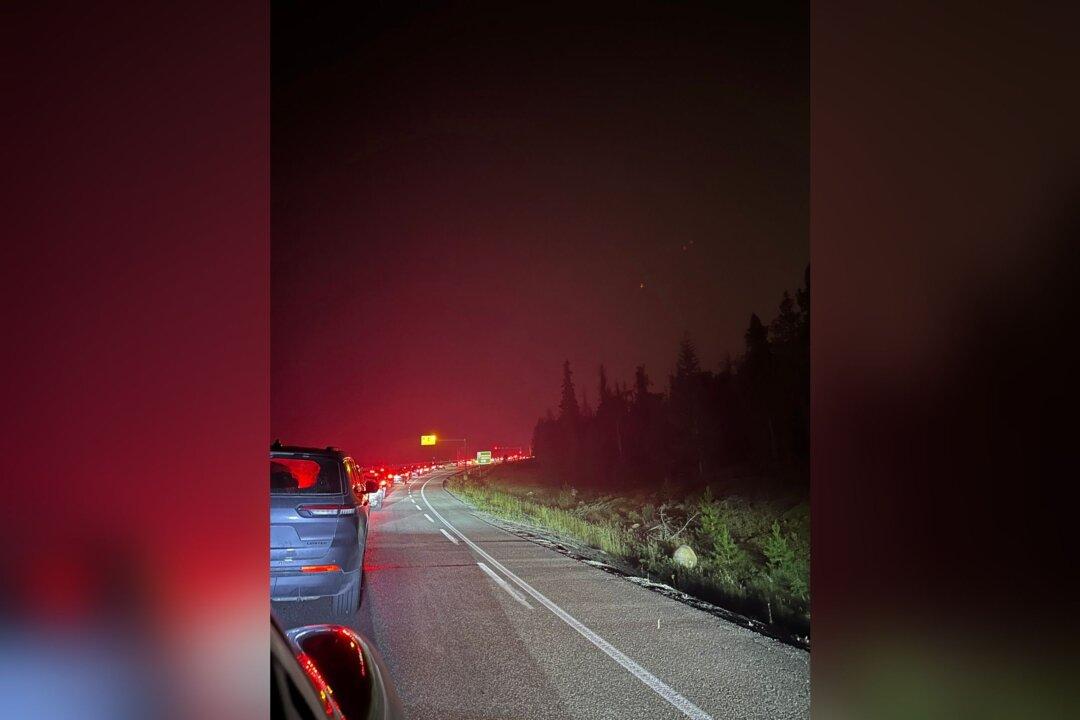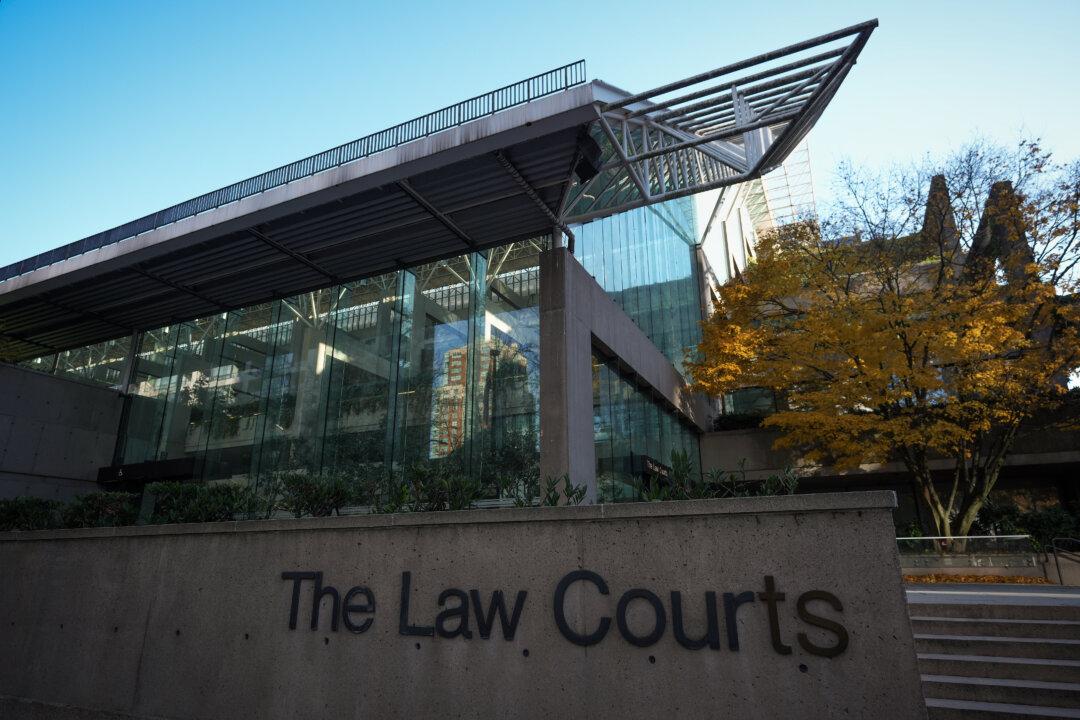Roughly 25,000 residents and visitors have fled Jasper, Alta., completing the evacuation of the town located in the heart of Jasper National Park as a wildfire rages only 12 kilometres south of the community.
While the evacuation of the town is complete, the evacuation of hikers in the backcountry continues, Parks Canada staff said in a late afternoon post July 23.





